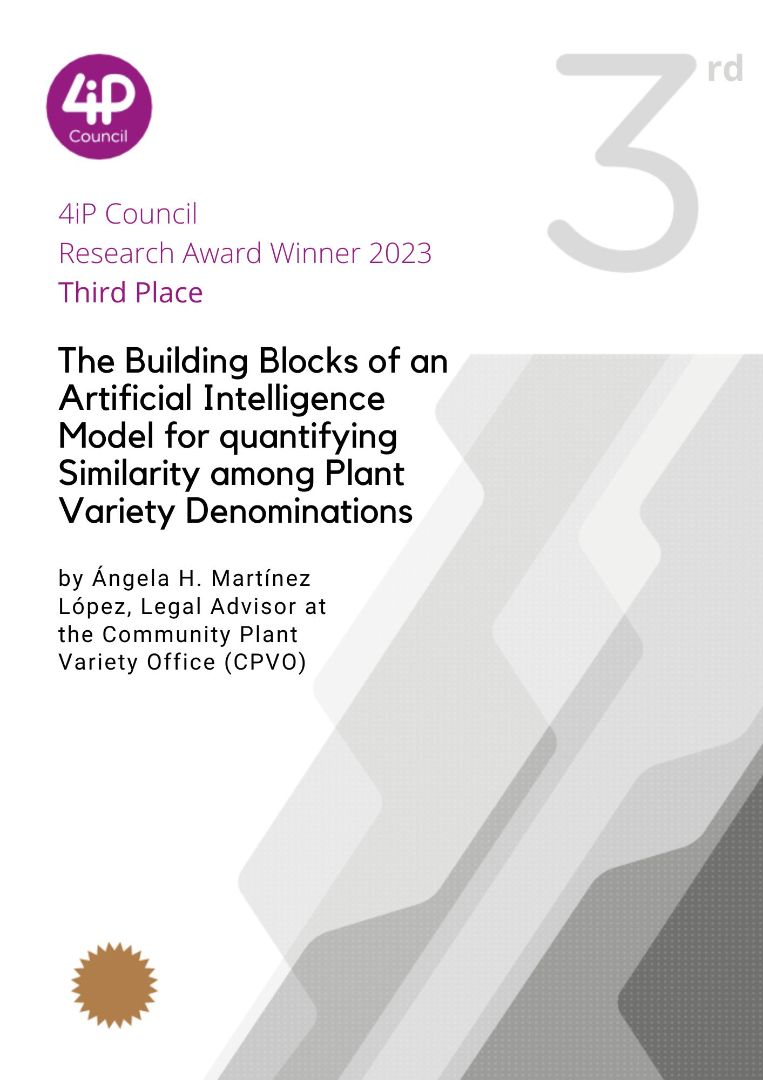1. Introduction
Traditionally, fashion has utilised exclusively new resources. Recently though, companies are increasingly focused on implementing business practices aligned with a circular economy. In other words, we observe an emerging system that aims to avoid waste and where manufacture involves reusing, repairing, refurbishing, and recycling existing products. This has been the result of addressing consumer and investor demands, as both are becoming more vocal about their environmental and sustainability expectations of the fashion industry.
Among the current sustainability initiatives within the fashion sector, second-hand markets and upcycling are the most prevalent. Second-hand markets cover previously owned or used fashion items. Upcycling describes the process of transforming used goods and materials into new items, such as clothing made from fabric scraps or repurposed garments. These practices entail the reuse of the entire fashion item or parts thereof, either by re-selling the garment unaltered or by modifying/integrating it into a new product. The modification or integration of the garment into a new product can involve the inclusion of the logo of the (luxury) fashion brand from the reused garment into the new product.
Premium and luxury brands can play a meaningful role in supporting second-hand markets and upcycling are. Both types of brands are heavily reliant upon trademarks to monetise their innovations and investments. Trademark rights protect amongst others the image of a company and support the exclusivity and the aura of excellence associated with luxury garments. In this context, tensions arise between sustainability objectives, including reusing and sharing, and the trademark rights of premium/ luxury brands, which grant exclusivity.
Against this background, the aim of this paper is to connect second-hand luxury markets and upcycling with trademark rights and show that these two concepts can coexist and even complement each other. This paper is structured as follows: First, the paper will provide an overview of the relationship between sustainability, second-hand luxury fashion, and upcycled garments, as well as briefly discuss consumers’ motivations to engage with second-hand markets/ upcycled products. Second, it will present challenges facing premium/ luxury brands on the road to sustainability. Third, the paper will briefly discuss some of the non-legal mechanisms that premium and luxury brands could employ to address these challenges. Fourth, the relevance of trademark functions and the role of the exhaustion doctrine in balancing sustainability with trademark protection will be addressed. Finally, the paper will present conclusions on best practices for finding common ground between the reintegration of used garments in the economic circuit and safeguarding the trademark functions.






